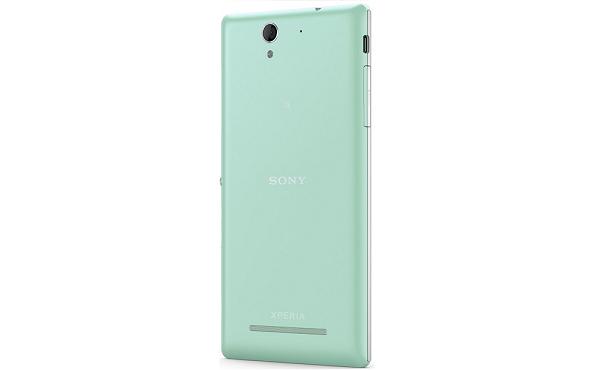After playing around with your Sony Xperia C3 for quite some time, you must be bored as there really isn’t anything exciting you can do with it. You’ve done everything with it you possibly could, and you must be thinking to sell it off.
Before you do that, we’d like to tell you that there’s a lot of things you can still do with your device, as long as you’re not afraid of rooting your device. Yes, root-access lets you enjoy many of those root-requiring apps that weren’t available before on your device. Those apps can help you go beyond normal usage on your device.

So, if you’re ready to take the plunge, here’s how you can get started:
Files You Need
1. You must have a custom recovery installed on your device before you can do the following tutorial. You can check out our how to install CWM Recovery on the Sony Xperia C3 tutorial to install a custom recovery on your device.
2. This should install SuperSU on your device to gain root-access.
3. Download SuperSU to your computer.
Rooting the Sony Xperia C3
1. Make sure you haven’t extracted SuperSU archive. Leave it in .zip format.
2. Connect your phone to your computer using a USB cable.
3. Copy SuperSU .zip from your computer over to the internal SD card storage on your device.
4. When SuperSU is copied, unplug your device from your computer.
5. Turn off your device.
6. Turn your device back on by holding down Volume UP and Power buttons simultaneously.
7. Your device should reboot into CWM Recovery mode.
8. Once in there, select install zip followed by install zip from storage.
9. Select SuperSU .zip you copied earlier to be installed on your device.
10. Wait for it to install SuperSU on your device.
11. When it’s done installing, reboot your device.
12. You’re all done!
Root-access has been successfully achieved on your Sony Xperia C3 and you can start using it right away. Head to Google Play and download and install your favorite root-requiring apps on your device.
Root is the name that is given to the root user account that not only exists within Android but also most of the Linux versions of operating systems too. The root user account is typically available to people when they first set up a Linux computer and then they can choose to log into that root user account any time they want (although it’s not advised always to use the root user account because you might accidentally delete things you needed if you don’t know what you are doing). The same thing goes for the Android operating system. The only difference is that the root user account is not available to the first person who sets up the mobile device. In fact, Android developers block it off entirely, so there is no way to get in control of the root user account without the help from a third-party developer.
Luckily for you, none of that matters because there are plenty of third-party developers out there looking for your device. If you are flashing the SuperSU to get root access, then you have made an excellent choice because SuperSU is the most trusted way to get in control of the root user account. Moreover, the man behind the SuperSU (Chainfire) is a great developer who is also the developer of the CF-Auto-Root tool that many Samsung devices and even the newer Google Pixel devices can use to get root access.
When you use the Linux or Android operating systems as the root user, then you have full write permissions over the root directory. Additionally, you can run any commands. It’s those two things that open up doors to endless possibilities. With Android, those possibilities are always to do with applications because it is the apps that make use of those permissions. The apps that need access to the root directory are called root apps, and they are typically better apps because they can do more things. One example of a root app that is unmatched by non-root apps is the Titanium Backup app. The Titanium Backup app lets you backup all apps because it can read all of your apps data thanks to the root permissions. The Helium app is the best application for the backing up the data on your device without root access, but it isn’t as good as the Titanium Backup because it cannot read as much due to not having the same level of permissions over the operating system.
There are thousands of root applications that are just as useful to many p[eopel as the Titanium Backup app and most of the mare available from the same Google Play Store that you already use to download the regular apps. There is no area where you can browse for the root apps, though; you need to know the names of the root apps already and then search for them otherwise it comes down to stumbling upon them when you search for apps. If you need to research some root apps names that you think that you might like to try upon your next visit online to download apps, you can check out what we believe are many of the best root applications out there for the Android operating system and remember the names of them.
June 18, 2017 @ 22:35
Will this solve the insufficient storage problem?
June 21, 2017 @ 09:40
Hello Sherwin,
Rooting Android does not directly solve an insufficient storage problem. If you have run out of storage, then you will need to delete things that are using it up. You can do that without root access. For example, you might have to delete some apps, or you might need to transfer some of your pictures from your Gallery app to OneDrive cloud storage, etc.
That said, there are root apps that can help with cleaning up some extra storage space.
I hope that helps!